Quite Great ART PR UK The Art of Sandblasting ?
Art PR | Fine Art, Photography & Culture PR & Marketing
Some artists, having studied glass at University have proceeded to take on some wonderful commissions for glass sandblasting in architecture. Artist Marie-Therese King is such an artist this is a technique she explored and very much enjoyed incorporating into her portfolio of works.
Art PR | Fine Art, Photography & Culture PR & Marketing
Working with glass is always rather a privilege and when we see the work of artists like Rene Lalique (1860-1945) most of us are in awe of his intricate skills. Although renowned as both a jeweller and designer. Maybe not someone we necessarily always associate with sandblasting. Nevertheless he was a glass maker and we think most people probably associate him with his glass works. Also the stunning perfume bottles he created. His attention to detail established him as one of the most significant Art Nouveau artists . He was certainly one of the leading artists using glass in architecture and we are big fans !
One of Marie-Therese King’s larger commissions was for a Jewellers front window, called Parry’s. She took on the commission of transforming this traditional shop with a stylish Art Nouveau themed window. Which she was inspired to replicate no doubt through her love of nature and flowing shapes and patterns. The method of glass etching enabled her to create a frontispiece that is almost stage like, as if the curtains are just lifting to reveal all the treasures of the stage and of course customers need to come in to see more! Sales went up by 50% after the transformation, so obviously customers loved it as much as the artist herself.
So never be afraid to explore new artistic techniques, there may be something out there that will inspire you as much as sandblasting has for other artists.

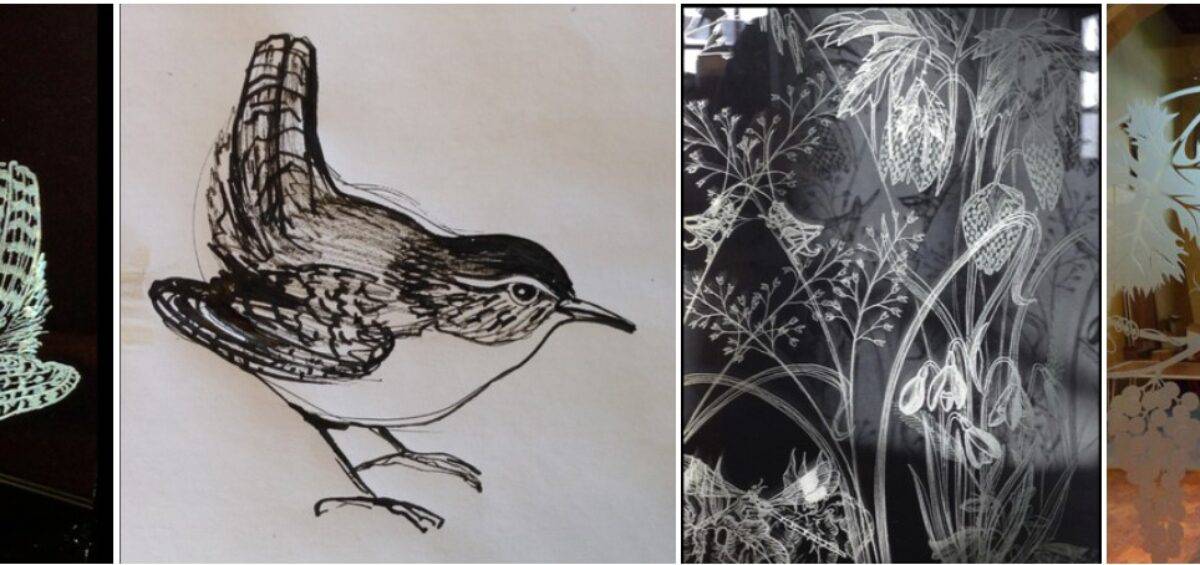
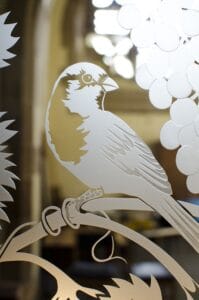

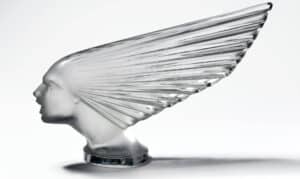
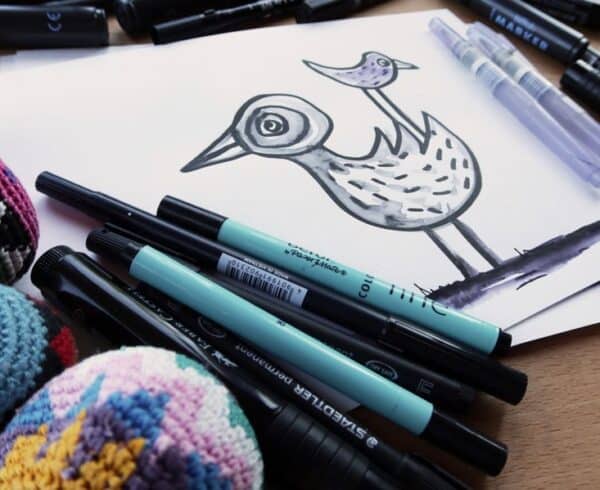
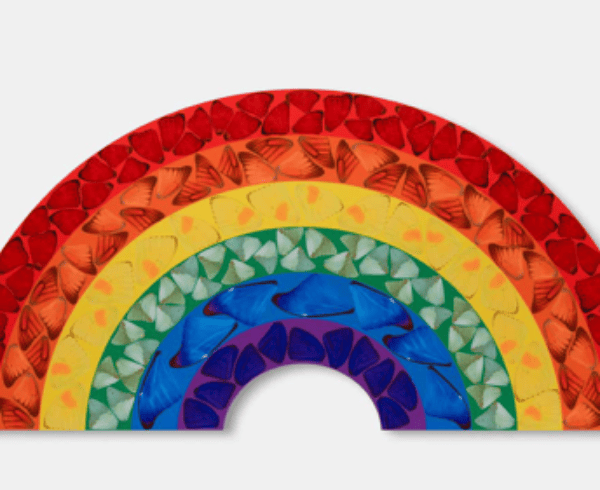
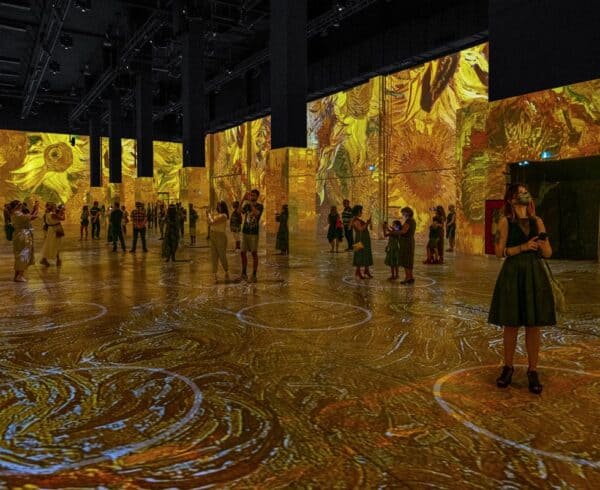

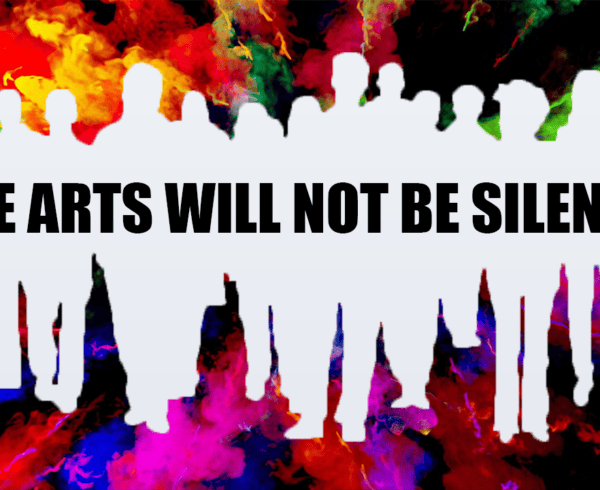

Leave a Comment